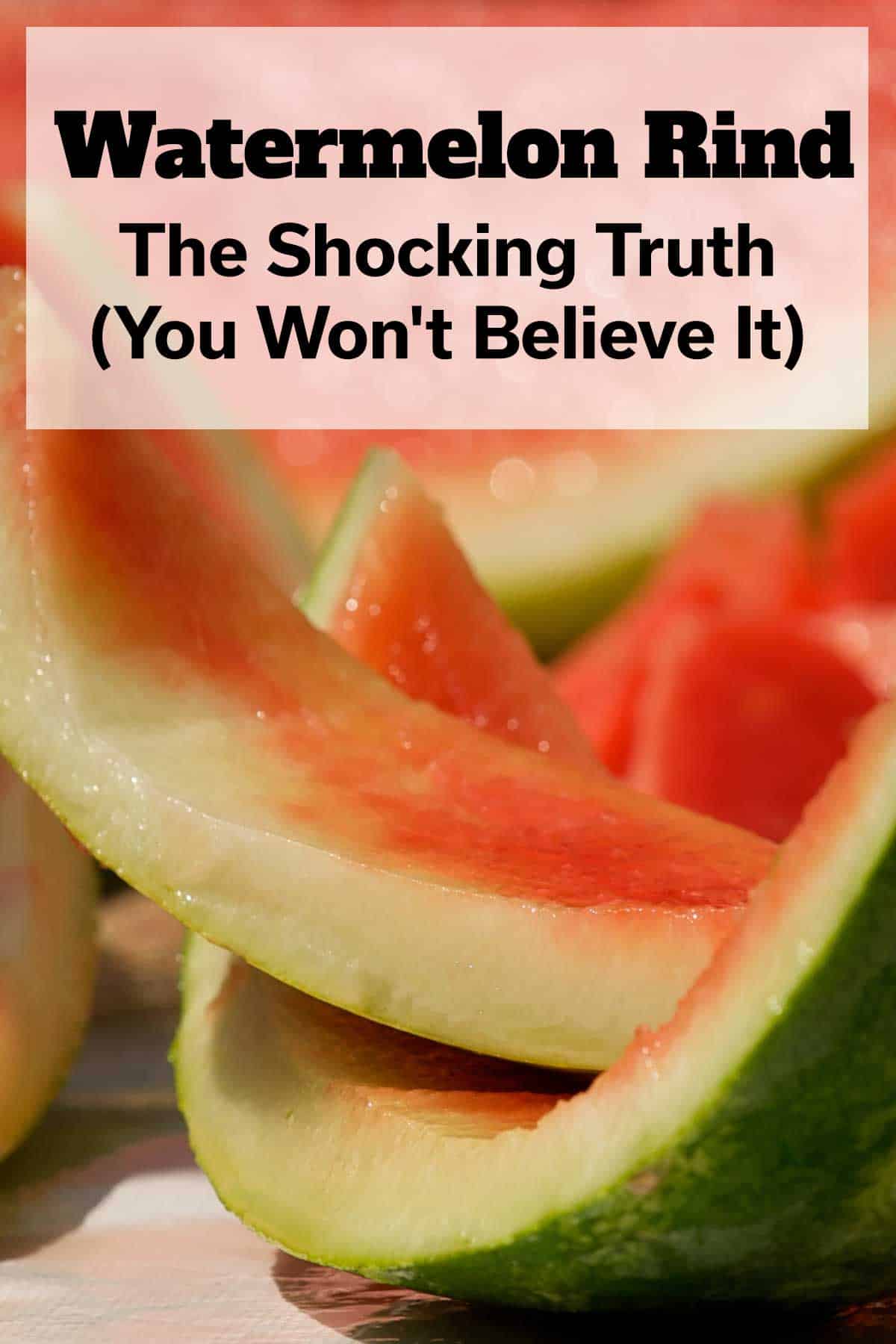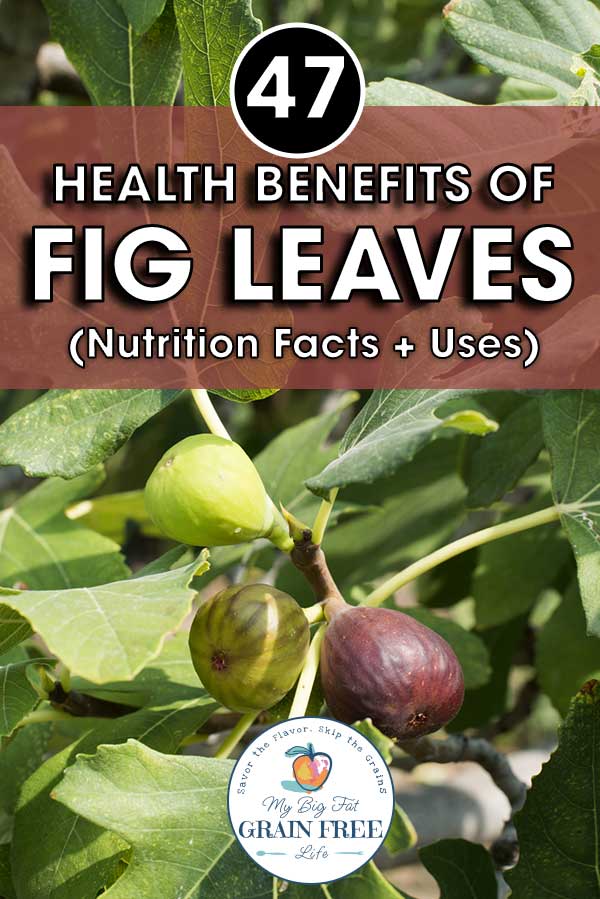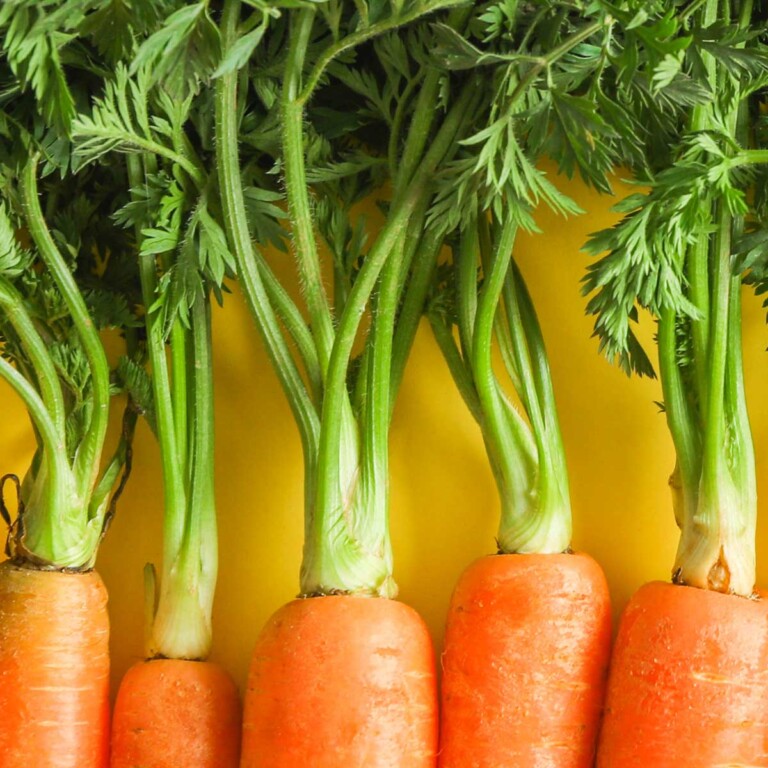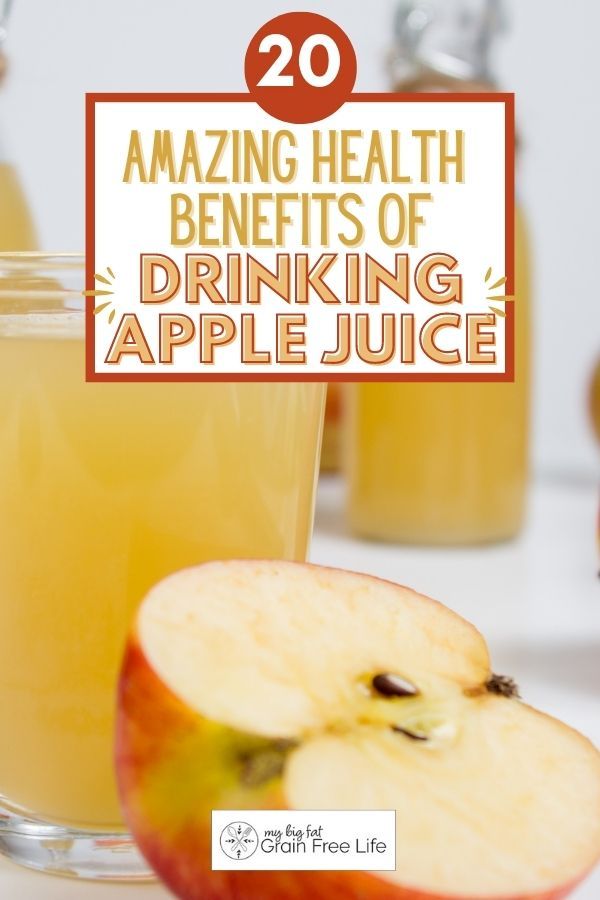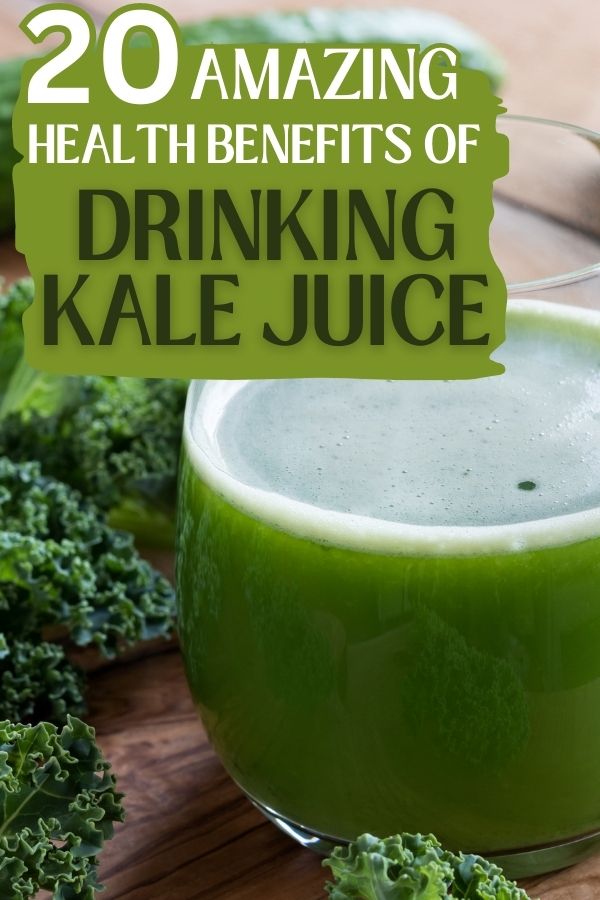Fruit Peels: Which Peels Are Edible & Beneficial to Eat
This post may contain affiliate links. If you make purchase after clicking a link, I may receive a commission at no extra cost to you.
Last Updated on April 23, 2024
Eating fruit has a lot of health benefits, but what about the fruit peels? We all know you can eat the skin if an apple, but what about other fruits? You might be surprised to learn which fruit peels can be eaten. Read on to learn more!

Fruit Peels
While most people’s default is to throw away the peel of an orange or the skin of a banana, recent studies suggest that these discarded parts of fresh produce could hold a wealth of health benefits.
We’re going to take a look at which peels are not only edible but also packed with beneficial compounds, such as antioxidant properties and high amounts of phytochemical constituents.
Did you know that citrus peels like lemon and orange peel are rich sources of vitamins like vitamin C and B, along with dietary fiber?
Or that apple peels and mango skins contain important nutrients that can contribute to good health?
So, next time you reach for that peeler, think twice!

Fruit Peels: To Eat With Skin or Peel First
Here’s a list of dozens of different types of fruit with the question answered: Can you eat the fruit peel?
Can You Eat The Skin Of An Apple?
Apple peels are not only edible but also packed with health benefits. They are rich sources of vitamins, including vitamin C and vitamin K.
Additionally, apple peels contain a high amount of dietary fiber and have powerful antioxidant properties that can help protect against heart disease.
Can You Eat The Skin Of A Banana?
Generally, people do not eat banana peels due to their bitter taste and tough texture. Although banana peels are edible and contain important nutrients like vitamin B and amino acids, they are often discarded as food waste.
You can reap the benefits of the peels when you make banana peel tea, which can help you sleep at night!
Can You Eat The Skin Of An Orange?
Orange peels are not typically eaten due to their bitter flavor. However, they are edible and rich in nutrients like vitamin C, dietary fiber, and bioactive compounds.
Orange zest can be used in vinaigrettes or baking for an added citrus kick. But remember to wash the orange well before zesting to remove any pesticide residue.
Can You Eat The Skin Of A Lemon?
Lemon peels, like other citrus fruit peels, are edible but have a bitter taste that most people find unappealing. However, they contain high amounts of phytochemical constituents and have antimicrobial properties.
Lemon zest can be used as an alternative to lemon juice or as a garnish. There’s even health benefits of lemon seeds!
Can You Eat The Skin Of A Lime?
Similar to other citrus fruits, lime peel is edible but has a bitter taste that might not be appealing to everyone.
The peel is rich in antioxidants and vitamin C which supports immune system health.
Can You Eat The Skin Of A Grapefruit?
While grapefruit peel is not typically consumed due to its bitterness, it is indeed edible and contains a high concentration of vitamin C and fiber.
Grapefruit zest can be used in cooking or baking for a burst of citrus flavor.
Can You Eat The Skin Of A Pomelo?
Pomelo peels are edible but have a very thick and bitter skin that most people prefer not to eat. The peel contains good amounts of vitamin C and other beneficial plant chemicals.
Can You Eat The Skin Of A Mandarin?
Mandarin peels, like all citrus peels, are edible but usually discarded due to their bitter taste. However, they contain beneficial compounds and can be used as orange zest in recipes.
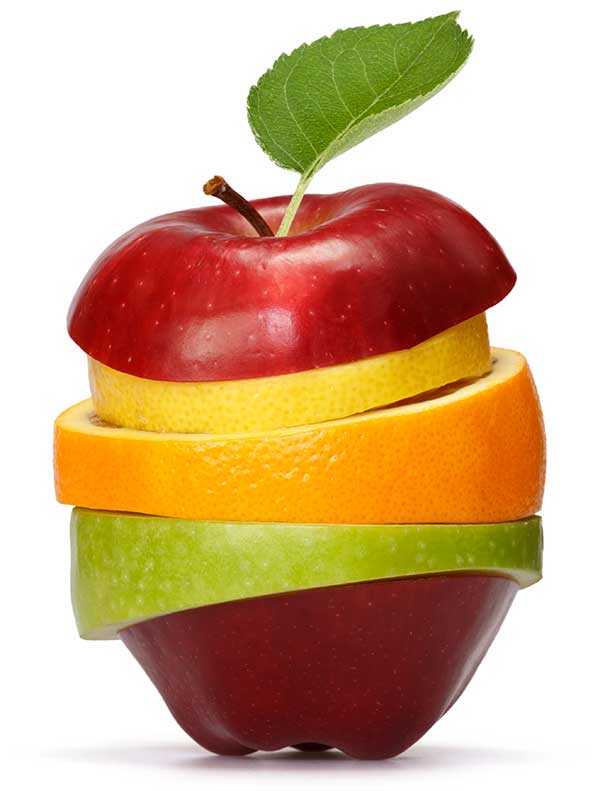
Can You Eat The Skin Of A Tangerine?
Yes, tangerine peel is edible and rich in antioxidants, dietary fiber, and vitamin C. Despite its slightly bitter taste, it can be used in cooking or baking to add a tangy flavor.
Can You Eat The Skin Of A Clementine?
Clementine peels are edible and packed with nutrients, including vitamin C and antioxidants. However, they are often peeled before eating due to their bitter taste.
You might also enjoy reading: Clementine Vs Tangerine Vs Mandarin
Can You Eat The Skin Of A Satsuma?
Like other citrus fruits, satsuma peels are edible but often thrown out due to their slightly bitter taste. They are nutrient-rich foods that contain beneficial compounds.
Can You Eat The Skin Of A Peach?
Absolutely, the skin of a peach is not only edible but also packed with nutrients. It has a slightly fuzzy texture and a sweet taste that complements the juicy flesh inside.
The skin contains high amounts of fiber, which aids in digestion and helps you feel full for longer periods. Additionally, it’s rich in vitamins A and C, essential for boosting immunity and maintaining good eye health. It also carries antioxidants that can protect your body from harmful free radicals.
Can You Eat The Skin Of A Nectarine?
Yes, you can eat the skin of a nectarine. Unlike peaches, nectarines have smooth skins that are quite pleasing to eat. The skin provides a slightly tart contrast to the sweet, juicy flesh of the fruit.
Similar to peaches, nectarine skins are also rich in fiber and contain substantial amounts of vitamins A and C. They are also loaded with antioxidants that may help reduce inflammation and lower the risk of chronic diseases.
Can You Eat The Skin Of A Pineapple?
Pineapple skin is not typically eaten because it’s tough and difficult to digest. However, there are health benefits to pineapple peels.
It can be boiled into a detox pineapple tea recipe which has many health benefits due to its high vitamin C content.
Can You Eat The Skin Of A Papaya?
Papaya skins are generally not consumed due to their unpleasant taste and texture. They contain latex substances that can trigger an allergic reaction in some individuals.
Can You Eat The Skin Of A Mango?
Although mango peels are often discarded due to their tough texture, they are actually edible and contain important amounts of vitamins and dietary fiber.
Some people might have an allergic reaction to mango skin (I do!). If you react to cashews, chances are you may to mango skins too.
Can You Eat The Skin Of A Kiwi?
You might be surprised to learn that kiwi skin is edible and contains a high concentration of vitamin C and dietary fiber.
Despite its slightly fuzzy texture, eating the skin along with the fruit enhances its nutritional value.
Can You Eat The Skin Of A Melon (Cantaloupe, Honeydew, Watermelon)?
Melon peels are typically not eaten due to their tough skins and unappealing taste. However, they can be used in cooking or composted to reduce food waste.
Watermelon rinds, in particular, have a lot of health benefits and have even been touted as a sexual health enhancer!
You might also enjoy reading: Yellow Watermelon Vs Red Watermelon
Can You Eat The Skin Of A Pomegranate?
While pomegranate skin is not traditionally eaten due to its tough and bitter nature, it is edible and packed with antioxidants. Some people use it to make tea or extract its juice.
Can You Eat The Skin Of An Avocado?
Avocado peel is generally not consumed because it is tough and can be difficult to digest. All types of avocado skin contain persin, a fungicidal toxin which can cause health issues in large amounts.
Can You Eat The Skin Of A Dragon Fruit?
Dragon fruit peel is edible but usually not consumed due to its leathery texture. The flesh inside is sweet and juicy and rich in antioxidants.
Can You Eat The Skin Of A Durian?
Durian skin is not edible due to its spiky and tough exterior. The flesh inside, however, is soft and custard-like and is the part that is typically consumed.
Can You Eat The Skin Of A Lychee?
Lychee peels are not edible due to their rough, inedible outer layer. The sweet, juicy flesh inside is the part that is eaten.
Can You Eat The Skin Of A Rambutan?
Rambutan skins are not edible because they are tough and hairy. There are many health benefits of rambutan, so don’t let the strange appearance keep you from trying this juicy fruit!
Can You Eat The Skin Of A Star Fruit?
Yes, star fruit skin is edible and contains a good amount of dietary fiber and vitamin C. It also has antioxidant properties which can help fight free radicals in the body.
Can You Eat The Skin Of A Persimmon?
Persimmon skin is edible and packed with nutrients. However, some people prefer to peel them due to the slightly bitter taste of the skin.
Can You Eat The Skin Of A Guava?
Guava peel is edible and contains a high concentration of vitamin C. Eating guavas unpeeled can significantly increase your intake of healthy fiber and nutrients.
Can You Eat The Skin Of A Quince?
Quince peel is technically edible but it’s tough and has a bitter taste which makes it generally unappealing to eat. The flesh inside once cooked becomes sweet and aromatic.
Learn about the health benefits of quince fruit.
Can You Eat The Skin Of A Passion Fruit?
Passion fruit skins are not typically eaten due to their hard outer shell, but they are non-toxic and can be used for cooking purposes like making jams or jellies.
Can You Eat The Skin Of A Coconut?
Coconut husk or outer layer is not edible. The white flesh inside the coconut is what’s typically consumed, either fresh or dried as desiccated coconut.
Can You Eat The Skin Of A Fig?
Fig skin is edible and rich in dietary fiber and antioxidants. Figs can be enjoyed whole, either fresh or dried.
There are even lots of health benefits of fig leaves, so don’t toss them!
Can You Eat The Skin Of A Kumquat?
Kumquat peels are entirely edible and are actually the sweetest part of this tiny citrus fruit. They are packed with fiber and vitamin C, offering numerous health benefits.
Can You Eat The Skin Of A Plantain?
Plantain peels are generally not eaten due to their tough texture but they are edible and contain dietary fiber. They need to be cooked before eating, as raw plantain peels are hard and unpalatable.

Tips for Eating Fruit Peels
- Ensure Freshness: Always consume fresh fruits. The older the fruit, the harder and more bitter the peel may become.
- Wash Thoroughly: Clean your fruits under running water to remove any dirt, bacteria, or pesticide residues. Use a soft brush for scrubbing if needed.
- Eat Organic: Opt for organic fruits whenever possible as they have fewer pesticides and are generally safer to eat with the peel on.
- Taste Test: Some peels can be bitter or unpleasant in taste. Take a small bite first to see if you enjoy the flavor before consuming the whole fruit.
- Start Small: If you’re new to eating fruit with the peel, start with smaller fruits like apples or pears which have thinner, easier-to-eat skins.
- Pair it Up: Combine your peeled fruit with other foods. The peel of an orange, for example, can add a zesty flavor to salads and desserts.
- Cook It: Some peels become more palatable when cooked. Baking or grilling can enhance the texture and flavor of certain fruit skins.
- Avoid Peels on Certain Fruits: Not all fruit peels are edible or pleasant to eat. Make sure to research beforehand.
- Consult a Professional: If you have any dietary restrictions or allergies, consult a nutritionist or healthcare provider before changing your eating habits drastically.

Health Benefits of Fruit Peels
This non-exhaustive list of health benefits of fruit peels might get you to reconsider eating the peels instead of composting them!
Boosts Immune System
The vitamin C found in citrus peels, especially orange and lemon peels, strengthens the immune system and fights against common colds and flu.
Improves Heart Health
Citrus fruits like oranges (Citrus sinensis) contain flavonoids in their peels which help to lower blood pressure and reduce the risk of heart disease.
High in Antioxidants
Fruit peels such as apple peels and citrus peels have higher amounts of vitamins and antioxidants than the fruit itself. These antioxidants combat free radicals in the body, reducing the risk of chronic diseases.
Aids in Digestion
The dietary fiber found in banana peels and other fruit waste like apple peels can aid digestion and prevent constipation.
Skin Care Benefits
Essential oils from citrus fruits, specifically lemon peels, are often used for skin care to lighten dark spots and remove dead skin cells.
Anti-Cancer Properties
Phenolic compounds found in fruit peels, including apple and mango peels, have shown potential use in preventing various types of cancer.
Reduces Food Waste
Using fruit peels in recipes or composting them reduces food waste significantly, contributing to food security and environmental sustainability.
Rich in Essential Nutrients
Many fruit peels such as kiwi peels and watermelon rinds are rich in essential nutrients like vitamin K, vitamin E, amino acids, fatty acids, and more.
Enhances Eye Health
The total carotenoids present in tropical fruits like mango skin are beneficial for eye health.
Natural Teeth Whitener
Rubbing the inside of a banana peel on teeth is a simple recipe for a natural teeth whitener due to its high content of citric acid.
Reduces Cholesterol Levels
Pectin found in apple peels and citrus fruits has been shown to reduce cholesterol levels.
Improves Bone Health
The vitamin K found in kiwi fruit peels contributes to improved bone health by aiding in calcium absorption.
Rich in Vitamin B
Banana peels are a good source of vitamin B, essential for human health and energy production.
Antimicrobial Properties
The essential oils in citrus fruits like grapefruit peels have antimicrobial properties that can be used to fight against various pathogens.
Final Thoughts
The peels of fruits are nutrient-rich foods that we should consider incorporating into our diets more often (as long as they are edible and don’t contain harmful toxins).
And while not all peels taste great (like pineapple skin), there are alternative uses such as boiling the peels to create an herbal detox tea recipe or extracts of fruit juices. Let’s make the most of our fresh fruit peels for a healthier lifestyle.
Resource Links
- https://www.ncbi.nlm.nih.gov/pmc/articles/PMC442131/
- https://www.ncbi.nlm.nih.gov/pmc/articles/PMC9103913/
- https://health.clevelandclinic.org/can-you-eat-kiwi-skin
- https://www.vinmec.com/en/news/health-news/nutrition/should-you-eat-guava-peels-and-seeds
- https://www.ncbi.nlm.nih.gov/pmc/articles/PMC4817420/
- https://www.ncbi.nlm.nih.gov/pmc/articles/PMC442131/
- https://www.ncbi.nlm.nih.gov/pmc/articles/PMC7958541/
- https://www.verywellhealth.com/lychee-8574798
- https://www.ncbi.nlm.nih.gov/pmc/articles/PMC10261788






